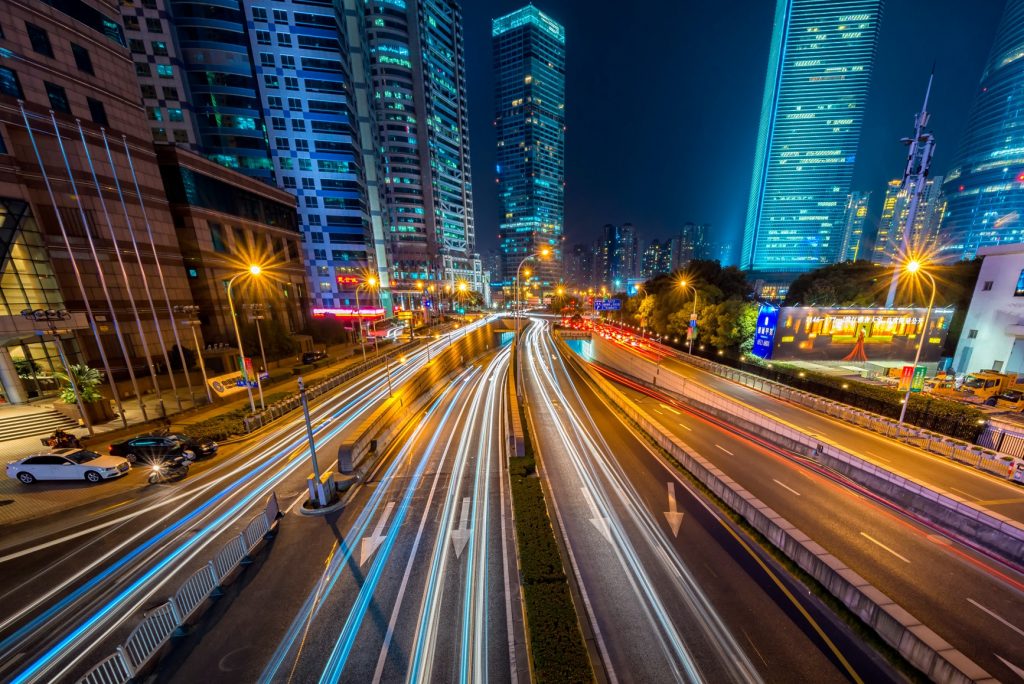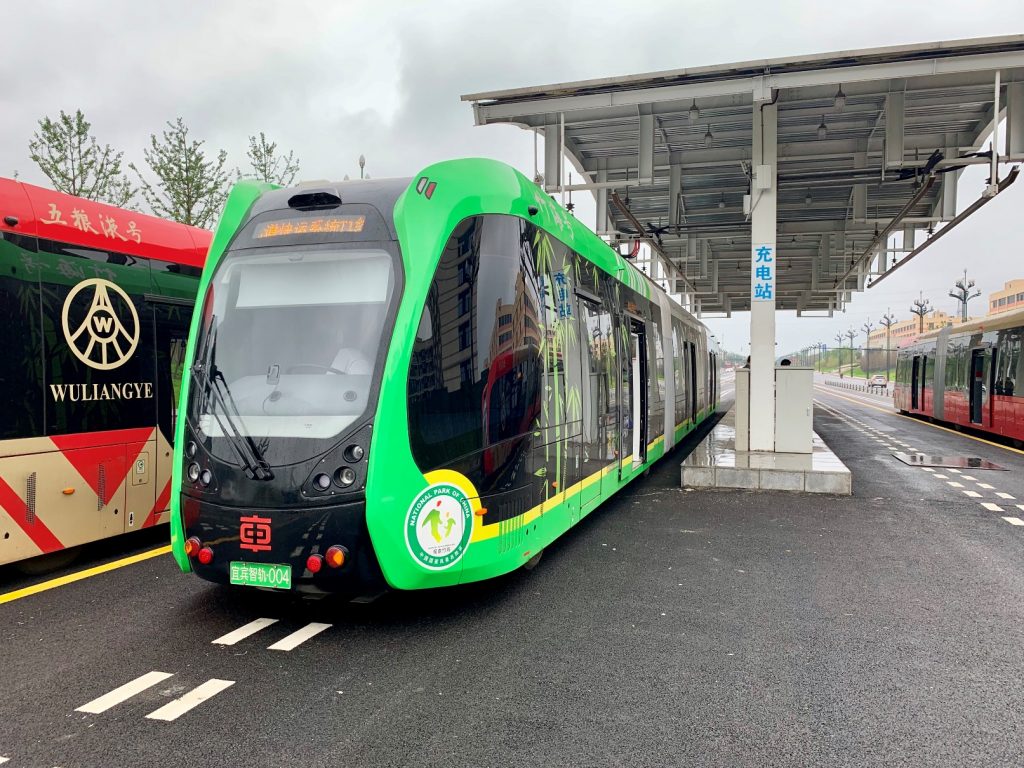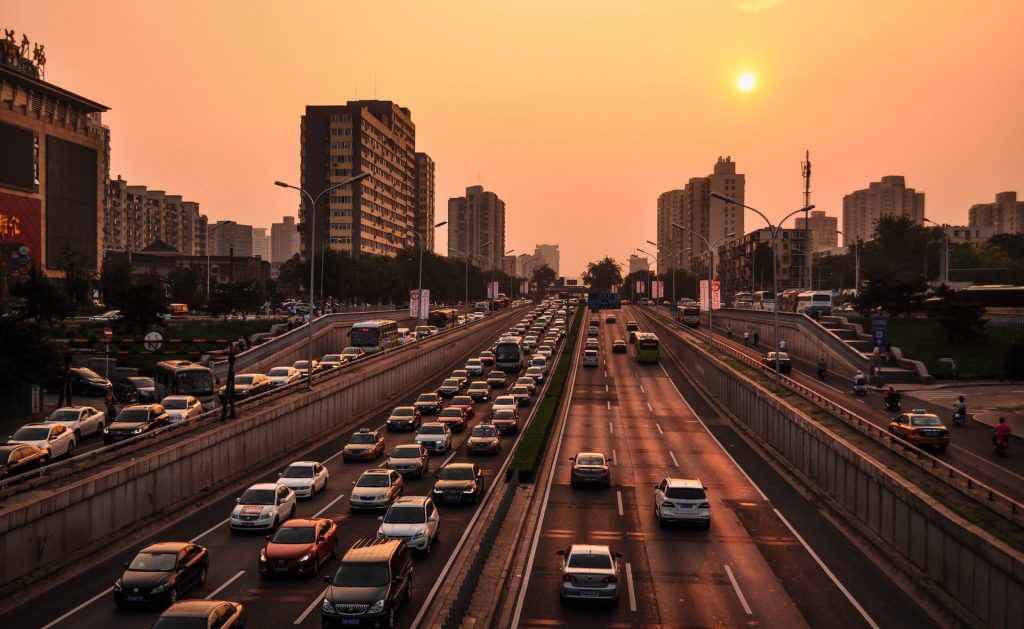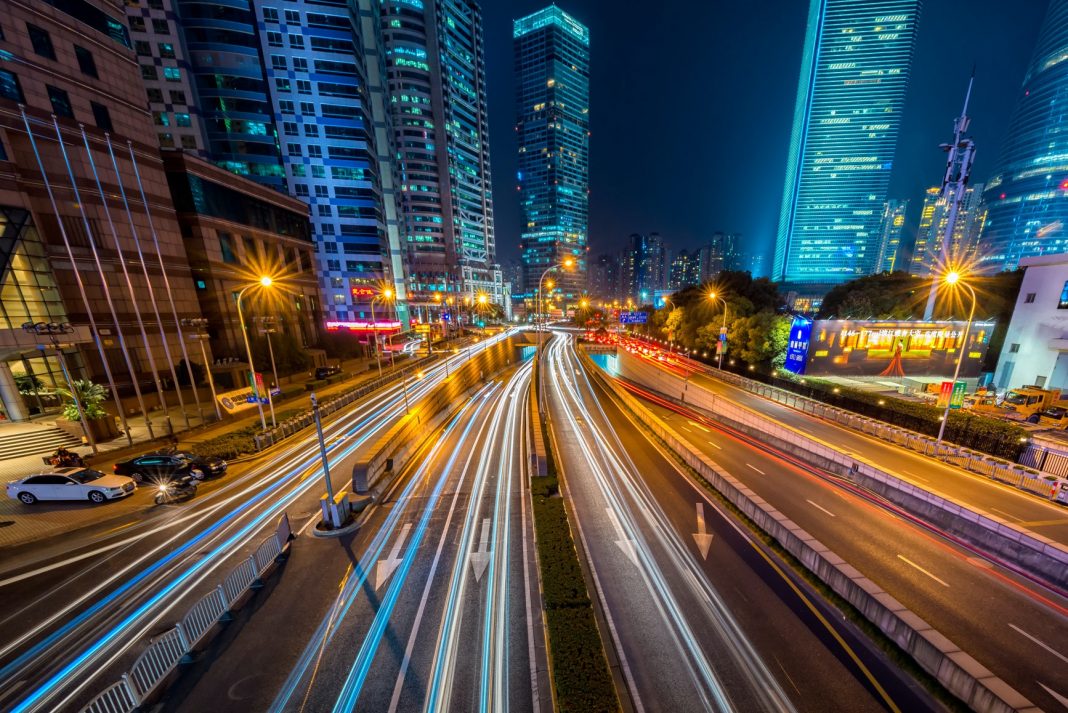A vital component of a smart city is its technologically driven transportation system.
With the need of a transportation system that is able to tackle population growth, environmental threats and other urban development challenges, both private and public sectors are exploring – and in some countries, already using – the latest transportation technologies such as the Internet of Things (IoT), autonomous cars, and high-speed rail networks.
Sarawak, for example, is in the midst of implementing Kuching Urban Transportation System (KUTS), which will utilise an automated rapid transit system powered by hydrogen fuel cell and run on virtual tracks to tackle traffic congestion in Kuching city.

Behind a smart city is a transportation system that is driven by the latest transportation technology
Adopting smart transportation technologies to enhance transportation system and infrastructure can lead to long-term impact towards cities’ socio-economic development.
When implemented effectively, these technologies enhance connectivity and subsequently efficiencies within cities, allowing governments, especially local authorities, to serve their citizens better.
These improvements include optimising traffic flow and easing congestion during peak hours through smart traffic signals, as well as reducing parking woes affecting urban dwellers with the help of smart parking management.

Some technologies enable cities to play their part in tackling climate change, whether by promoting a highly efficient public transportation that draws consumers away from using private vehicles, or encouraging the use of eco-friendly fuel, on-demand ride services or carpooling habits.
Others strengthen security and safety in cities. Through advanced sensing technologies that rely on real-time data analytics, for instance, local authorities can provide emergency and critical care services to drivers on the road or travellers in public transportation when needed.

For citizens, using their city’s smart transportation system allows them to lead a healthier and more enriching lifestyle thanks to increased mobility.
In his commentary on the potential of smart mobility in Malaysia, Farhan Kamarulzaman from EMIR Research noted that based on a study in Copenhagen, Denmark, such lifestyle that could be achieved through smart mobility adopted into public transportation “has been linked to a lower mortality rate, a happier disposition and increased productivity at work.”
In turn, local authorities implementing smart transportation technologies are, among others, able to utilise more land that has become available after reducing vehicle-related spaces for socio-economic development, and even to capitalise on additional revenue streams.
It is worth noting, however, that immense efforts from governments must be taken not only to improve the transportation system for present and future generation, but also to change the habits of the general public when it comes to their approach of using different modes of transportation.






